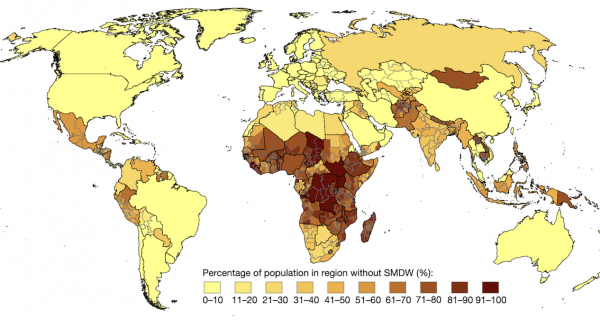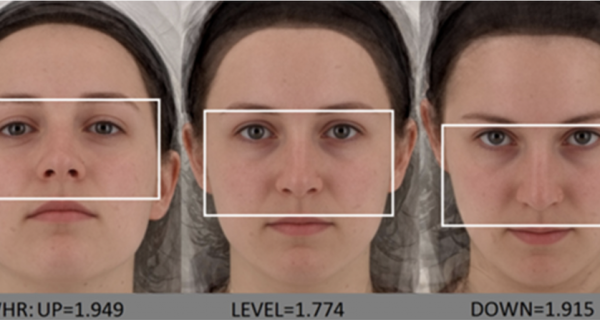Autonomous shared micro-mobility systems could be the next revolution in urban mobility
Autonomy would bring the convenience of systems like Uber or Lyft into bike-sharing and greatly reduce the needed fleet sizes, making bike-sharing more efficient and convenient.

Imagine the day you order an electric bike or scooter through an app, and within a couple of minutes, the bike or scooter automatically comes to you. Would this convenience make it more attractive and therefore more likely for you to rent or pay for such a service? Will autonomy make the micro-mobility systems even more efficient and attractive?
Researchers at the MIT City Science group explore this by using an agent-based simulation tool to analyze the fleet behavior of shared autonomous micro-mobility systems. In a case study, the authors assess the potential impacts and benefits of autonomous shared bicycles.
As our cities face growing challenges such as urban population growth, inequality, and climate change, so will the need for innovative solutions. In such respect, mobility is one of the fields that require a change to thus mitigate such challenges. By redesigning urban mobility systems, we can therefore move towards a future in which cities are more livable, equitable, sustainable, and resilient.
In the last decade, bike-sharing systems have quickly proliferated in cities worldwide. More recently, other micro-mobility systems such as electric scooters have become a mainstream inner-city transportation mode. However, despite their popularity, shared micro-mobility modes still face many challenges. First, due to the uneven user travel patterns, system operators need to rebalance the vehicles throughout the city in vans or trucks, which has a very high economic and ecological impact. Second, due to the low costs of the vehicles and the market’s competitiveness in dockless systems, operators flood cities with vehicles exceeding the capacity of the urban infrastructure and generating many urban and environmental problems.
The MIT City Science team proposes the introduction of autonomy as a solution to mitigate some of these challenges, making shared micro-mobility systems more efficient and convenient. In the first place, autonomous vehicles would rebalance themselves, solving the rebalancing problem for system operators and, by being more efficient, could mitigate the current vehicle oversupply challenges.
At the same time, autonomy would allow shared micro-mobility systems to work as a mobility-on-demand service. This means bringing the convenience of systems like Uber or Lyft into sustainable modes of transportation. In an autonomous shared micro-mobility system, trips would occur as follows:
- A user would request a ride through a mobile app, and an autonomous vehicle would drive to the user’s location. While waiting, the users can enjoy their time for other purposes instead of being on the street trying to find an available vehicle.
- Once the vehicle arrives, the user would ride to their desired destination. Then, upon arrival at the destination, the vehicle would drive autonomously to pick up another user, to a charging station, or towards where the demand is predicted to occur.
This improved user experience could incentivize more people to use micro-mobility systems as their preferred trip mode and allow more people to travel around their cities in environmentally friendly ways.
Due to the novelty of introducing autonomous driving technology into shared micro-mobility and the inherent complexity of these systems, there is a need to quantify the potential impact of autonomy on fleet performance and user experience. Therefore, in a first paper, the authors present an agent-based simulation tool developed to assess the performance of shared autonomous micro-mobility.
Autonomous shared bicycles as a case-study
As an example application of the presented simulation tool, in a second paper, the authors present a study that provides an in-depth understanding of the fleet behavior of autonomous bicycle-sharing systems. The vehicle they take as a reference for this modeling work is the MIT Autonomous Bicycle Project. This bicycle dynamically transforms into a tricycle for lateral stability during autonomous driving. The system offers two configurations: When a user is riding it, the system is in bicycle mode. The two rear wheels act as a single wheel, and the riding experience remains unchanged from riding a regular bike. In contrast, when the bicycle is driving autonomously, the bike is in tricycle configuration. In this case, the wheels separate and provide the necessary lateral stability for the autonomous drive.
In this second paper, the authors model the performance of a fleet of shared autonomous bicycles like the MIT Autonomous Bicycle in different realistic operating conditions, taking Boston (USA) as an example. The performance of the autonomous system is compared with current station-based and dockless schemes, quantifying the extent to which an autonomous system could outperform current bicycle-sharing systems.
This analysis provides a detailed overview of each system’s characteristics, including average trip and waiting times, percentage of served trips, and the utilization of the bicycles, among many others. These results answer some of the most central questions in shared autonomous systems, such as the relationship between the wait times and the fleet size, or the relationship between an autonomous bicycle’s speed on system efficiency and user experience. Furthermore, the article also assesses the impact of different parameters on system performance by running batch simulations with a range of values for each parameter. In addition, this simulation investigates the effects of various operational strategies, including no rebalancing, ideal rebalancing, and a demand-prediction-based rebalancing model.
The results show that with a fleet size 3.5 times smaller than a station-based system and 8 times smaller than a dockless system, an autonomous system can improve overall performance and user experience, even with no rebalancing. These findings indicate that the remarkable efficiency of an autonomous bicycle-sharing system could compensate for the additional cost of autonomous bicycles.
See the paper here or download the PDF →











































